On 1 January 2023, the Paul Scherrer Institute PSI turned 35. And these past 35 years have been very eventful. Some of those events have to do with the development and the history of the Institute: new large research facilities have been added; proton therapy has become increasingly important; the spin-offs created at PSI and the licensing agreements concluded were also important. Most recently, the focus has been on exploring quantum physics and using it in practical applications. Another group of events has to do with research itself, with the history of science at PSI. These are about research and research results that are not only, but to a large extent, related to the unique large research facilities available at PSI. In the following, we are presenting a small gallery depicting the history of the institute and a second one on its research and research results.
Text: Christian Heid
History of the Institute

The story of the Paul Scherrer Institute PSI begins on 1 January 1988. PSI is a result of the merger of two existing institutes, the Swiss Federal Institute for Reactor Research (EIR) and the Swiss Institute for Nuclear Research (SIN). This creates the largest research institute in Switzerland, situated in the lower Aare Valley; today, in 2023, it employs 2200 people. PSI develops, builds and operates large and complex research facilities and makes them available to the national and international research community. In the aerial photograph taken in 1988, the buildings on the PSI site can be seen on both sides of the Aare. © Paul Scherrer Institute
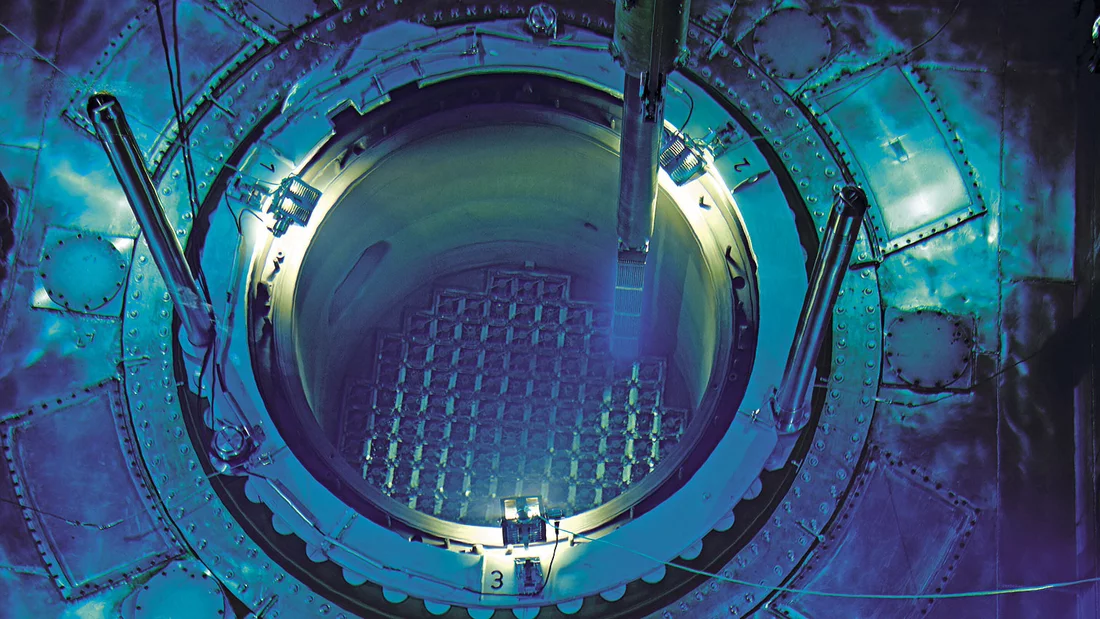
In 1988, the year of its foundation, PSI enters into the “STARS” agreement, promising to provide expert support to the Swiss Federal Nuclear Safety Inspectorate ENSI, the supervisory authority responsible for monitoring the safety of Swiss nuclear power plants. Today, the focus of the programme is on nuclear and fuel safety. In 2011, for example, PSI fully calculated for the first time the core loading pattern for the fuel rods of the Beznau 1 power plant as proposed by the operator of the nuclear power station. In the meantime, the PSI is carrying out such calculations every year for all Switzerland’s nuclear power plants. It is satisfying to know that the PSI’s calculations have until now always confirmed the calculations of the plant operators. © Axpo
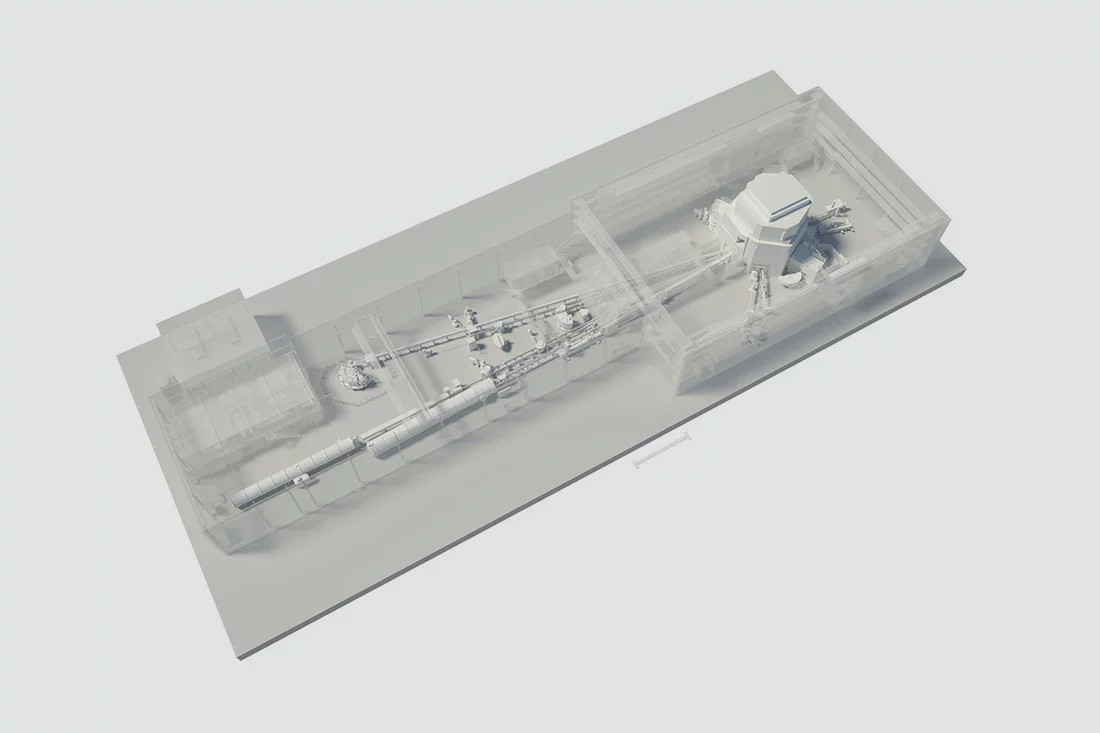
In 1996, the Swiss Spallation Neutron Source SINQ (pronounced Sin-ku) goes into operation. Since then, researchers have been able to look inside materials and objects at this research facility, which is unique in Switzerland. In their experiments, they shine a beam of neutrons through the objects they are studying. The experiments are similar to medical X-ray examinations, but thanks to the special properties of neutrons, they provide different information about the objects being examined. The objects studied range from materials for future electronics, through batteries to Bronze Age swords. The picture shows a 3-D image of this complex research facility. © Paul Scherrer Institute PSI/Mahir Dzambegovic
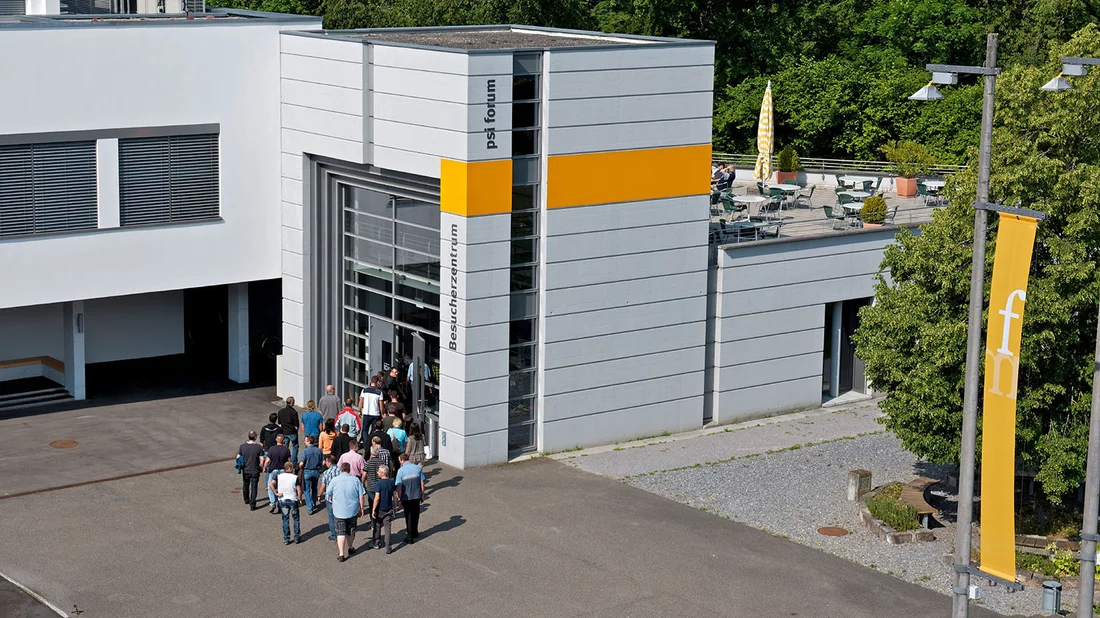
A group of visitors walks purposefully towards the entrance of the PSI visitor centre “psi forum”. The visitor centre was opened on the tenth anniversary of PSI, in 1998, with a view to promoting the dialogue between science and society. By the following year, 20,000 guests had already visited the exhibition. In May 2022, the new exhibition in the visitor centre was opened to the general public. It shows how the largest research institute within the ETH Domain and in Switzerland is contributing to the key issues facing society, from the energy transition to fighting cancer and developing technologies. © Paul Scherrer Institute/Markus Fischer
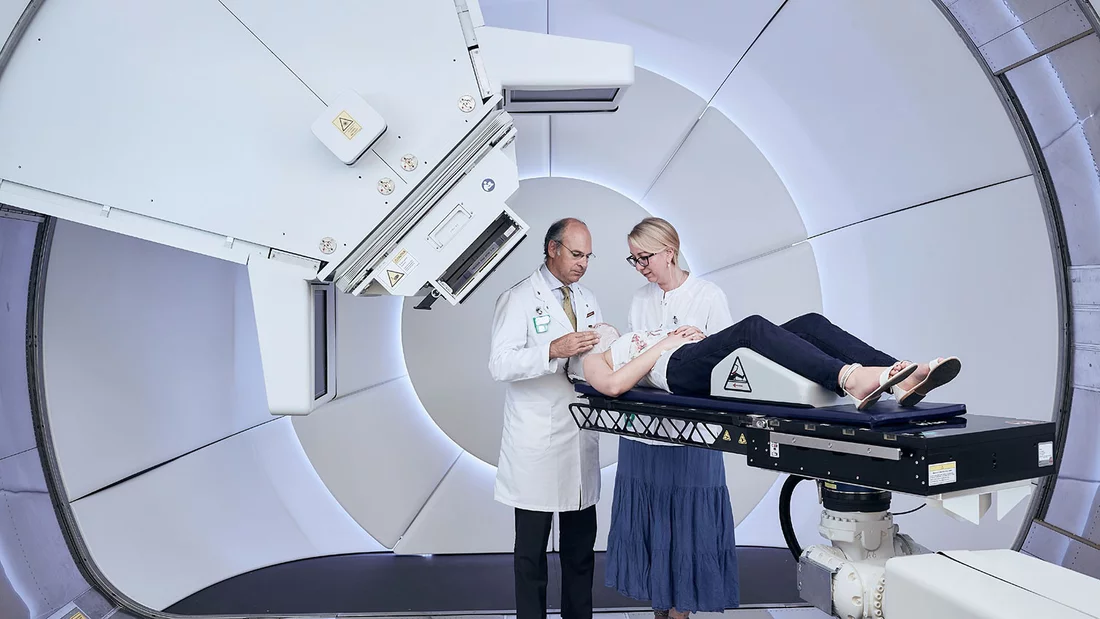
In 2007, the Centre for Proton Therapy ZPT at PSI goes into year-round operation. On 25 November 1996, a cancer patient was treated for the first time using the so-called spot scanning technique – a world first. In this type of radiotherapy, developed at PSI, deep-seated tumours are scanned using a pencil-thin beam of charged particles. These accurately kill cancer cells while leaving the surrounding healthy tissue unscathed. Meanwhile, the technique has become established worldwide and it continues to spread: spot scanning proton therapy is currently expected to double by 2030, from around 90 treatment centres in 2020. © Scanderbeg Sauer Photography
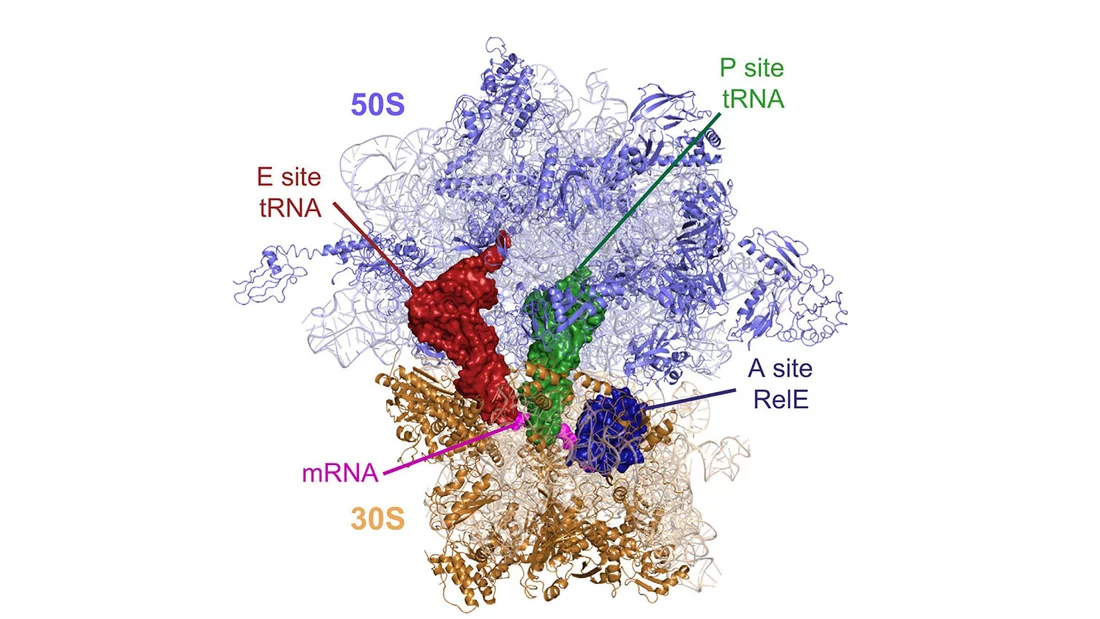
In 2009, Professor Venkatraman Ramakrishnan receives the Nobel Prize in Chemistry for studies of the structure and function of the ribosome. Ribosomes are macromolecular complexes in cells, in which proteins are manufactured. Ramakrishnan had been a long-time user of PSI’s Swiss Light Source SLS, where he regularly conducted experiments to determine the structure of ribosomes. © creativecommons.org licenses by 4.0
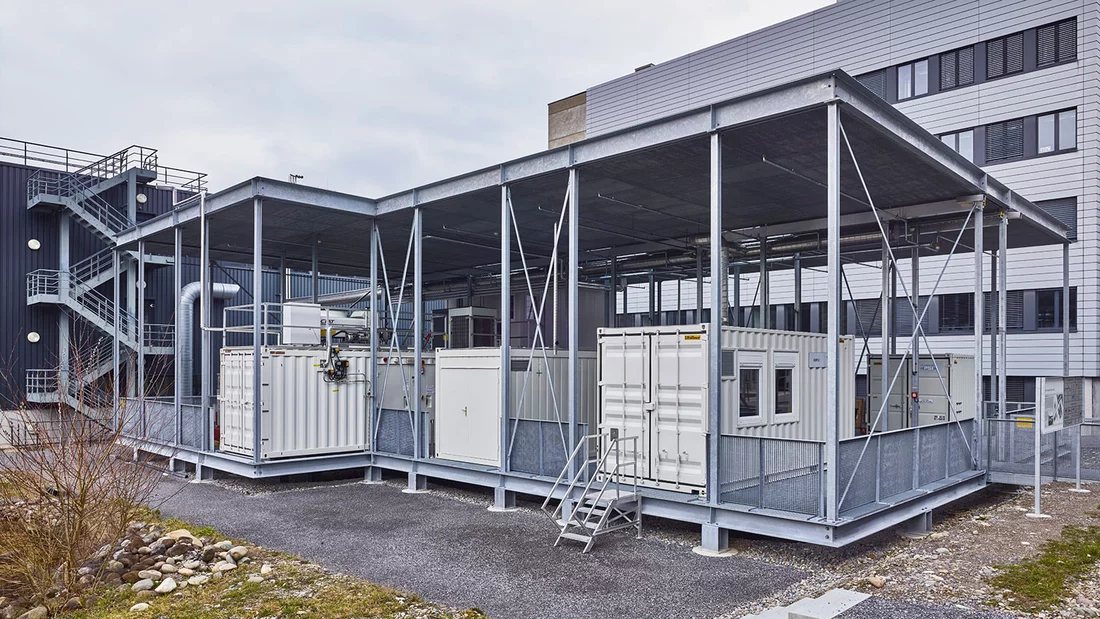
With the ESI platform, a facility is launched at PSI that can be used to demonstrate what integral storage concepts should look like in order to achieve a decentralised energy supply using renewable energy sources. It paves the way for promising solutions to find their way into industrial applications and is thus working today on the energy supply of tomorrow. The goal of the ESI platform is to harvest as much biomass as possible for the energy system, as well as allowing large amounts of electrical power to be stored efficiently and flexibly. © Scanderbeg Sauer Photography

An entire city on just a few square metres: The new exhibition ESIville for visitors brings to life the complex challenges of an energy supply based on new, renewable energies and the corresponding solutions. It tells the story of a Swiss city switching from a conventional energy supply to an energy supply based on new renewables. ESIville can be viewed as part of a guided tour. © Paul Scherrer Institute/Mahir Dzambegovic
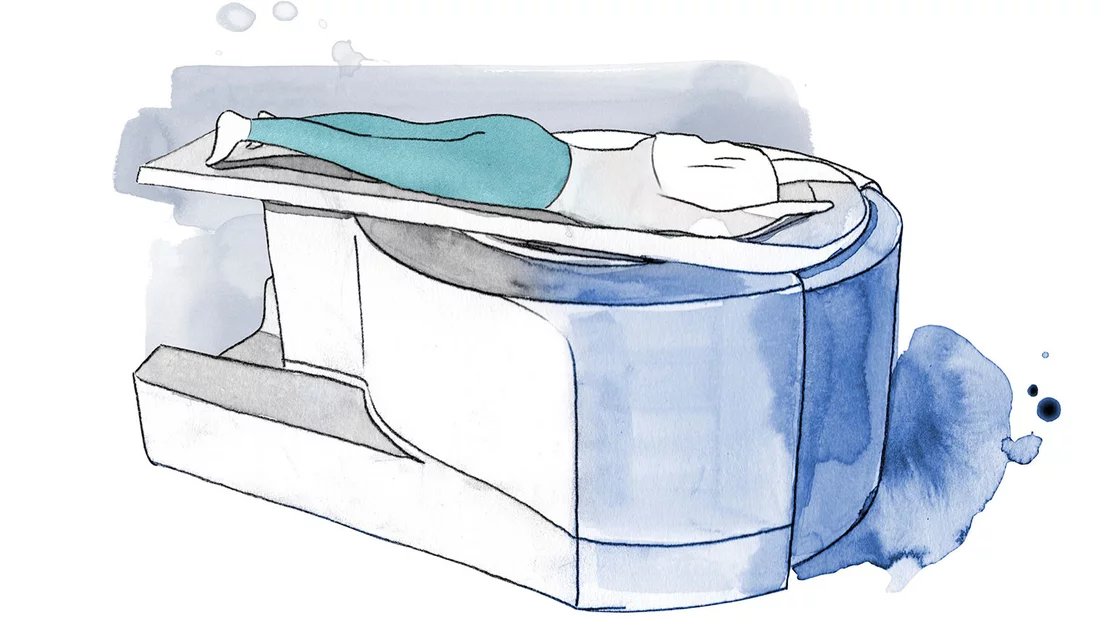
GratXray, a PSI spin-off, receives the Swiss Technology Award in 2017. The young company has developed a new method for the early detection of breast cancer. It aims to bring novel diagnostic devices to the market which will replace today’s mammography for breast cancer screening. The examination will be painless for the patients and provide doctors with high-precision, three-dimensional images of the tissue structures. The foundations for this were laid twelve years earlier at PSI. An imaging technique for research using X-rays, which had been developed at PSI for its large research facility Swiss Light Source SLS, was found to work for “normal” X-rays too. The PSI researchers therefore went on to refine the procedure for applications in medical technology. © Julia Ossko
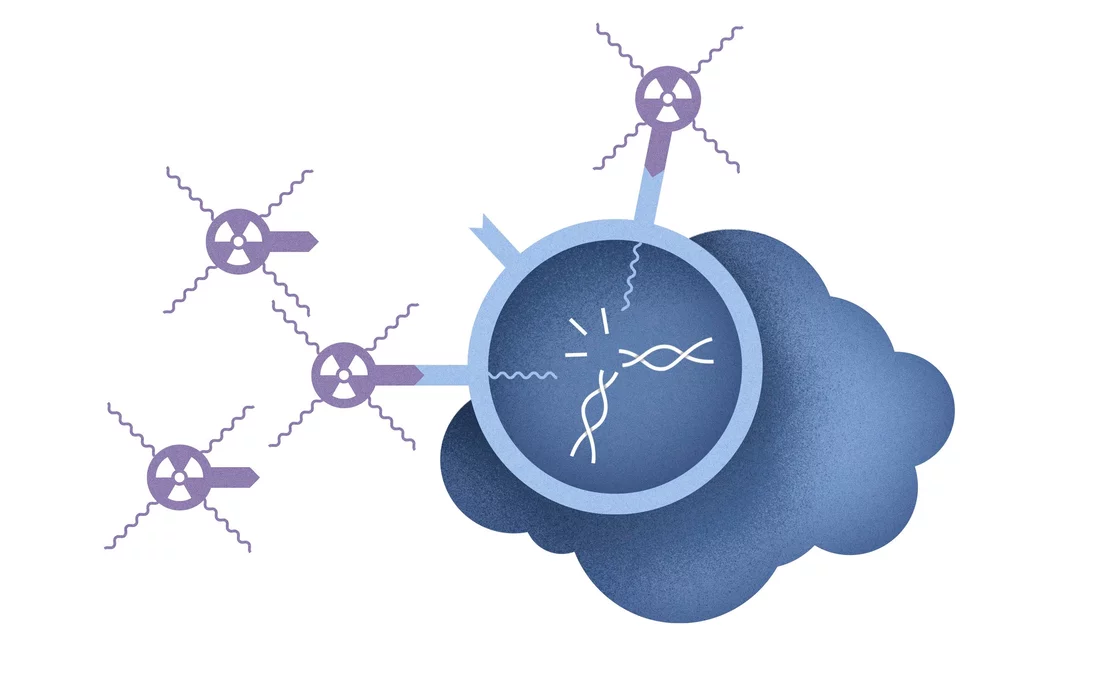
PSI signs a licensing agreement with the Lausanne biopharmaceutical company Debiopharm, allowing a drug to be developed against tumours such as small cell lung carcinoma. The starting point was a radioactive agent developed at PSI against a particularly malignant form of thyroid cancer. © Aurel Märki
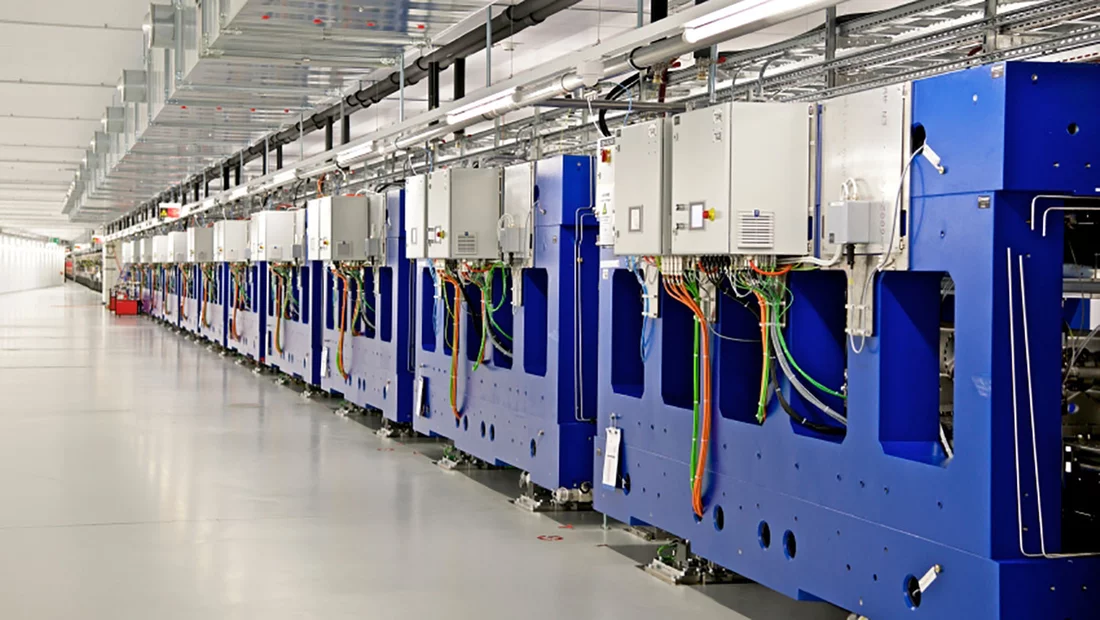
On 5 December 2016, an inauguration ceremony is held for the new large research facility SwissFEL, the Swiss X-ray free-electron laser; regular operation began in January 2019. The 740-metre-long building is located alongside PSI in Würenlingen Forest. The photograph shows a view of the beam channel in which the X-rays are generated. The scientific breakthroughs expected from this large research facility will drive important developments in the fields of energy and the environment, information technology and health. © Paul Scherrer Institute/Markus Fischer
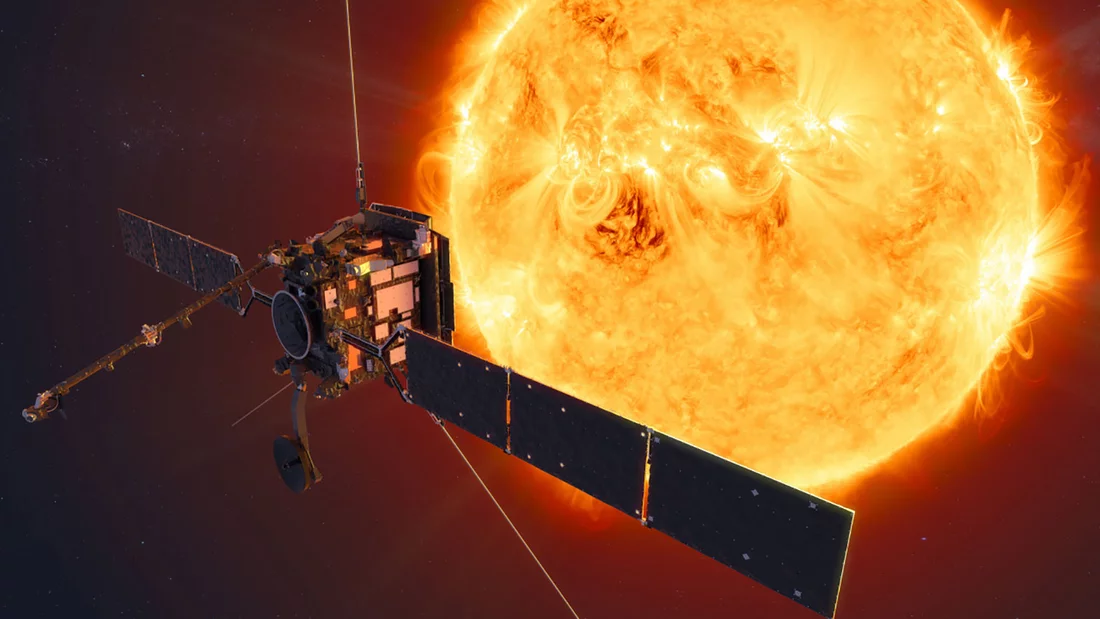
On 10 February 2020, the “Solar Orbiter” mission of the European Space Agency ESA is launched after more than ten years of preparation. The Swiss X-ray telescope STIX – developed at the University of Applied Sciences and Arts Northwestern Switzerland FHNW – is onboard too. The pixel detectors that are needed to measure the X-ray energy on board the spacecraft were supplied by staff at PSI. The probe will approach the Sun to within the orbit of the planet Mercury. The illustration shows an artist’s impression of the ESA space probe. © ESA/ATG medialab

A third location of the Swiss Data Science Centre is to be established at PSI, augmenting the two existing locations at EPFL and ETH Zurich. This expansion is primarily intended to help improve the analysis and handling of the growing volume of data produced by large and complex research infrastructures, sensor networks and databases at PSI and the other three federal research institutes Empa, WSL and Eawag. The resources and expertise will be open to all institutes of the ETH Domain. © Shutterstock
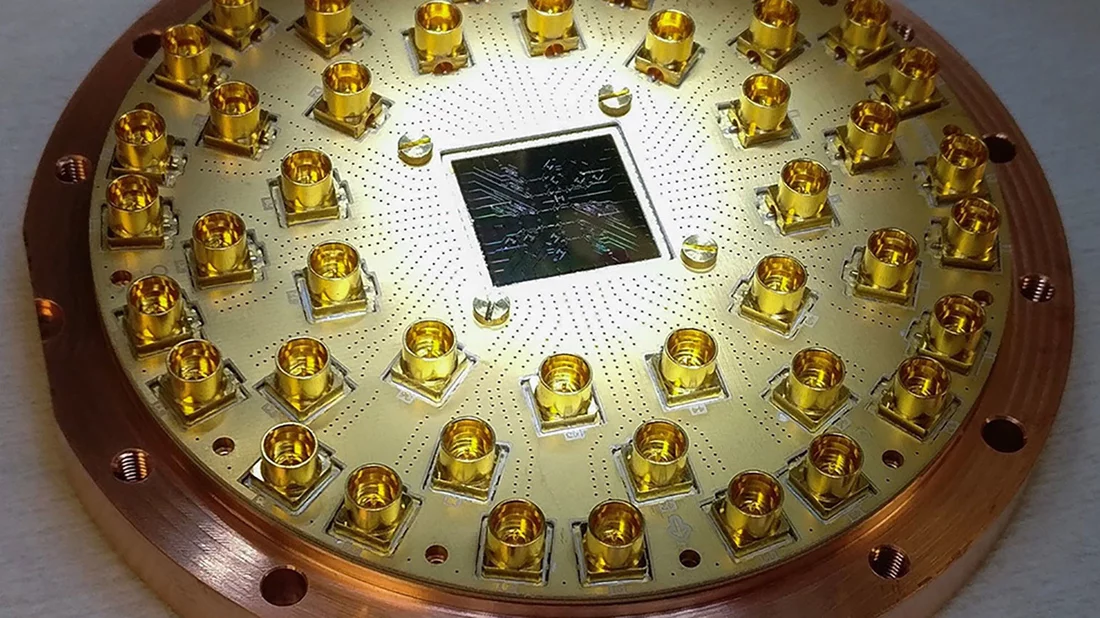
PSI and ETH Zurich open a joint centre for developing quantum computers, the Quantum Computing Hub. The goal is to advance the implementation of quantum computers based on both ion traps and superconducting components. Around thirty researchers will work at the centre. The picture shows a superconducting quantum chip. © ETH Zurich/Quantum Device Lab

Keeping a finger on the pulse of research: On 15 May 2022, the new exhibition in the PSI visitor centre was opened to the general public. It shows how the largest research institute within the ETH Domain and in Switzerland is contributing to the key issues facing society, from the energy transition to fighting cancer and developing technologies. Visitors can also immerse themselves in the world of research in virtual reality. The psi forum visitor centre is open from Monday to Friday and on Sunday from 1 to 5 pm. Admission is free and registration is not required. © Paul Scherrer Institute/Markus Fischer
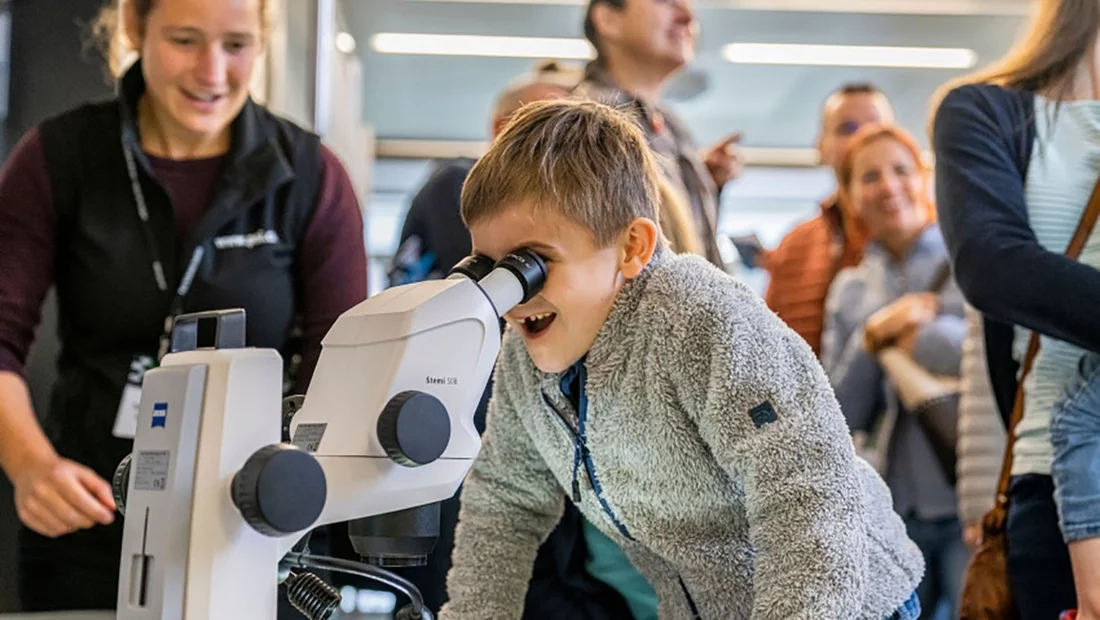
On Sunday, 23 October, PSI opens its doors, inviting visitors to its Open Day, which is usually held every four to five years. At over 40 stations, visitors were able to experience the many different research areas at PSI first-hand, interactively and with many spectacular effects. An overwhelming number of visitors attended! By the evening, some 15,000 visitors had been counted overall, who explored the wide variety of stations around the forty-hectare research site. The picture was taken in the Health Innovation research division: Looking at this young visitor you can tell how much fun it is to work with a microscope. © Paul Scherrer Institute/Markus Fischer
History of Science
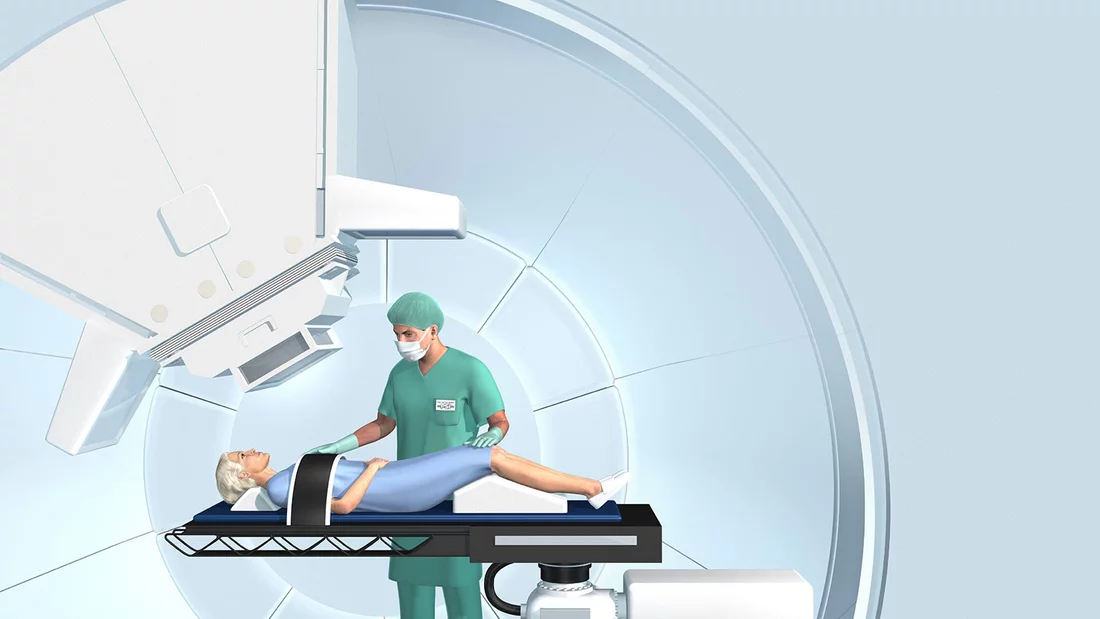
On Monday, 25 November 1996, the world’s first cancer patient was treated at the Paul Scherrer Institute PSI using a new radiation technique known as spot scanning, which makes use of proton beams. This method was developed by PSI researchers and marked a breakthrough in radiation therapy, quickly becoming a successful product thanks to its high precision. Today, spot scanning is the standard procedure worldwide for treating tumours using protons. © Illuteam
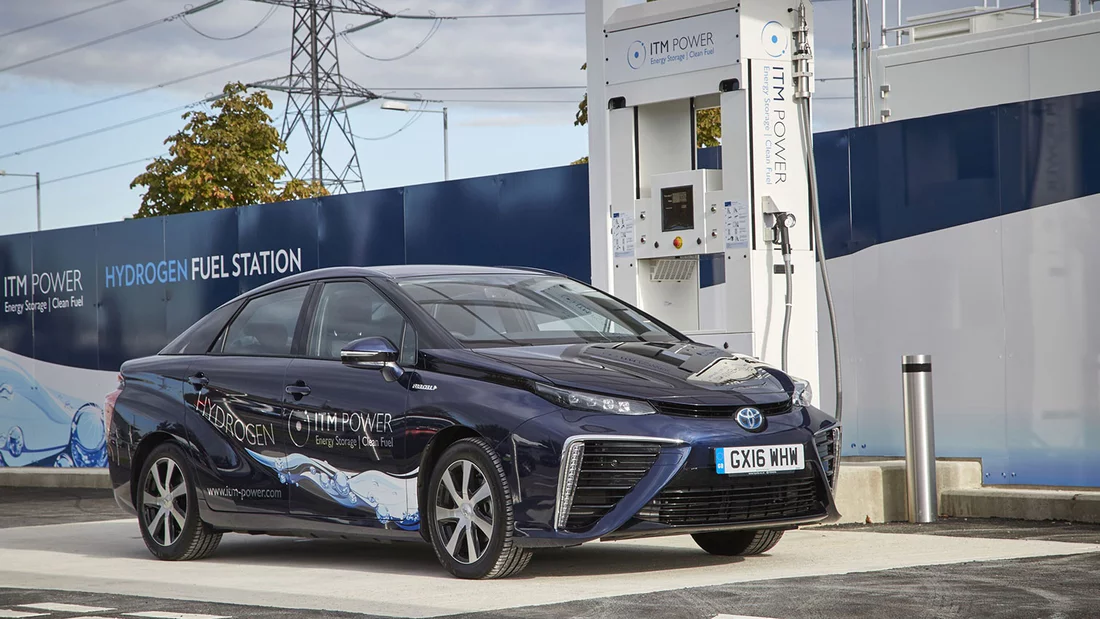
In September 1999, researchers at PSI’s large research facility SINQ, the Swiss Spallation Neutron Source, looked inside a fuel cell for the first time using a non-destructive technique called neutron radiography. Over the following years, both the technique and the expertise on fuel cells at PSI were steadily improved upon. Thanks to this combined expertise, PSI is in great demand among car manufacturers around the world as a measurement facility. These include Toyota, which has been carrying out measurements at PSI since 2004. The results have been incorporated in the Toyota Mirai, among other models, which was launched on the market in 2014. © Bexim/Wikimedia: Creative Commons 4.0
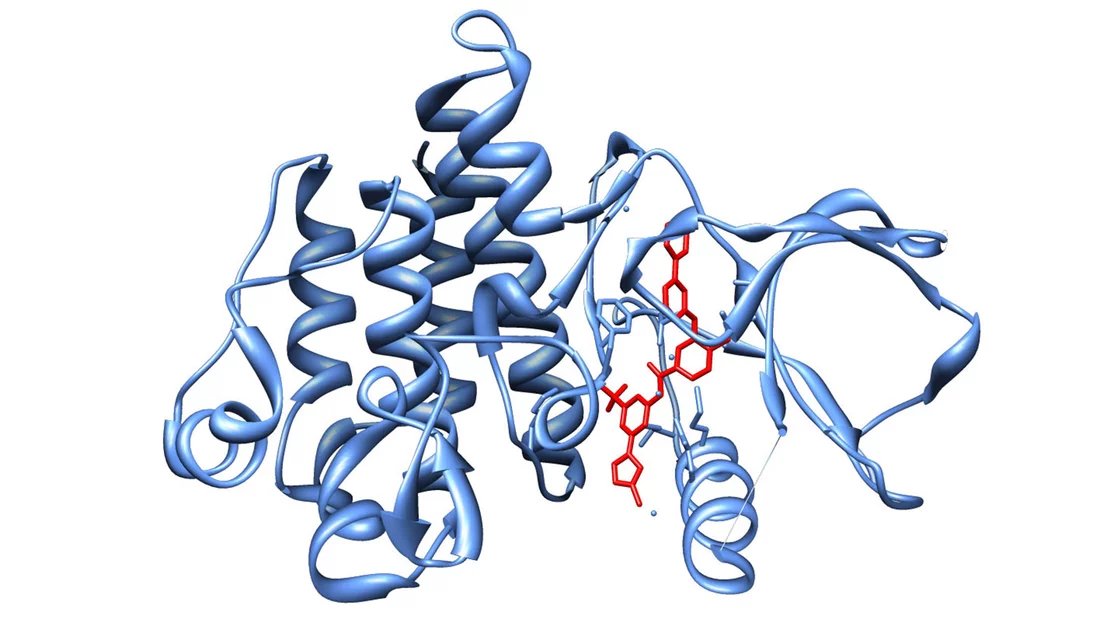
In 2007, Novartis’s drug “Tasigna” was approved in Switzerland for the treatment of chronic myeloid leukaemia. Five years earlier, it had been demonstrated that its predecessor Gleevec was not effective in all patients. It was thanks to studies using X-ray structural analysis that the new, more potent drug could be developed so swiftly. This method allows the structures of the molecules that are relevant to the disease to be determined in detail. Structures that led to a better understanding of resistance to Gleevec and thus enabled Tasigna to be developed were also identified at PSI. Novartis has been a continuous user of one of the measuring stations at the Swiss Light Source SLS at PSI since 2001. © SocratesJedi/Wikimedia: Creative Commons 3.0
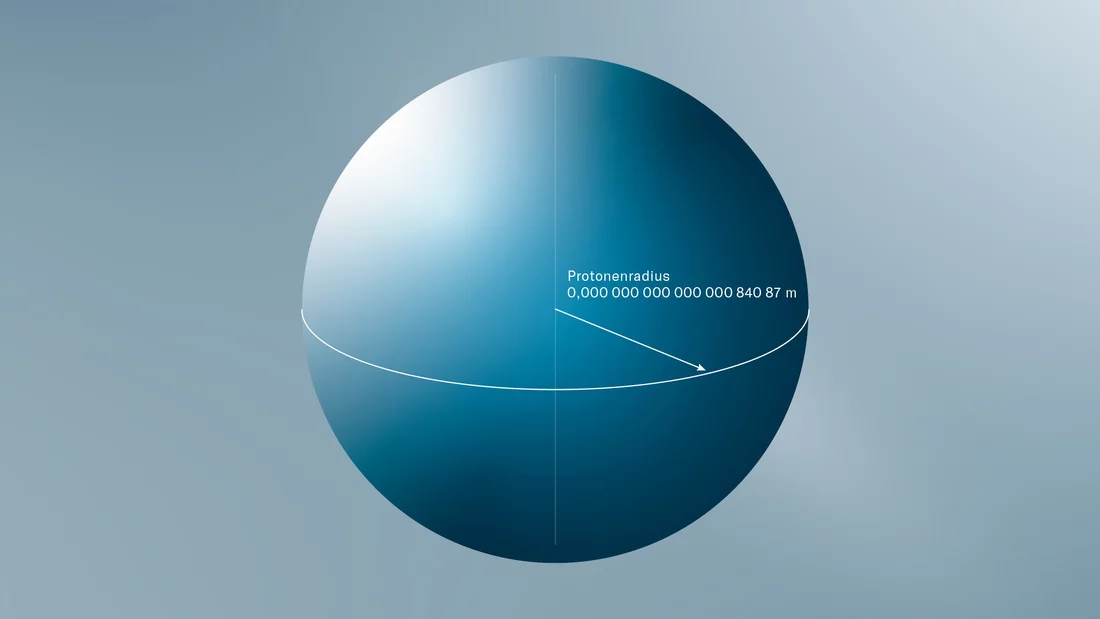
The proton – one of the basic building blocks of matter – is smaller than previously assumed. Experiments conducted by an international research team at PSI suggest this. This means that either the quantum theory of the interaction between light and matter must be adjusted, or else the Rydberg constant – the most precise physical theory or the most precisely determined physical constant. Deciding which corrections are necessary is a major challenge for physicists. © Studio HübnerBraun

In December 2016, PSI atmospheric scientist Julia Schmale embarked on a three-month expedition by ship around Antarctica, together with more than fifty other researchers. She and her small team from PSI took atmospheric samples and collected data which would allow them to better distinguish the climate impact of man-made from natural particulate matter in the future. The map shows the route of the Antarctic Circumnavigation Expedition (ACE). © EPFL Infographic/Pascal Coderay
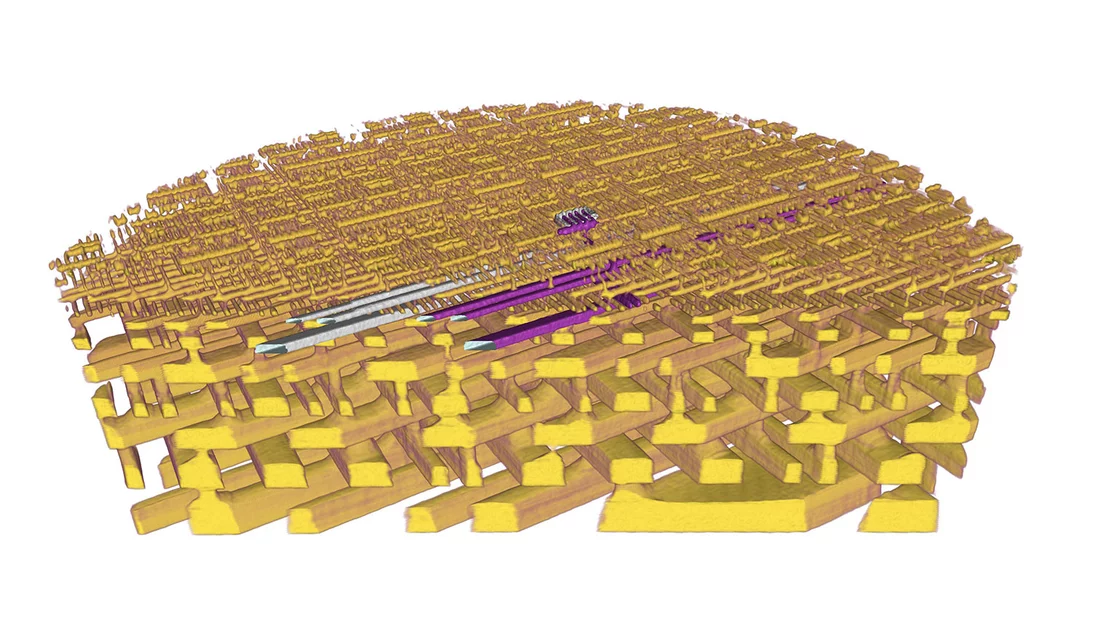
Researchers at PSI have produced detailed 3-D X-ray images of a commercially available computer chip. For the first time, the internal electrical connections, just 45 nanometres (45 millionths of a millimetre) wide, and the transistors, which are 34 nanometres high, were clearly recorded, without distortion and without destroying the chip. Determining whether their chips will ultimately meet the specifications is a huge challenge for manufacturers. These results therefore represent an important application of an X-ray tomography method developed by PSI scientists in the course of several years. The researchers carried out the experiments at the Swiss Light Source SLS at PSI. This image shows a 3-D representation of the internal structure of a microchip. © Paul Scherrer Institute/Mirko Holler
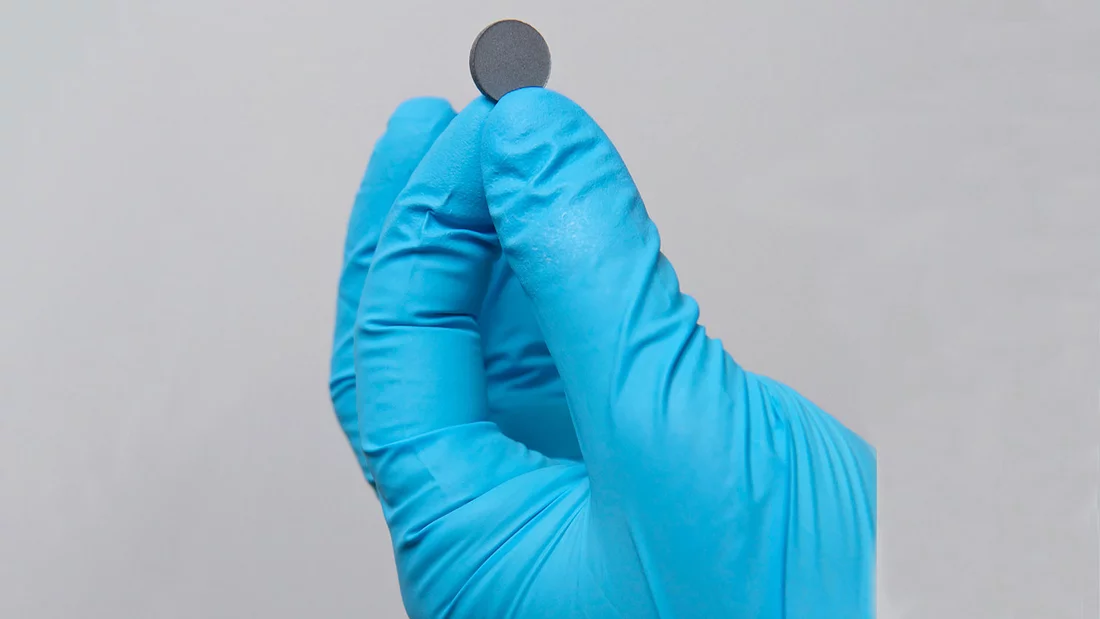
The dull grey pellet seen in this picture is a so-called layered copper-iron perovskite, a crystal. It is no larger than the tip of a finger. This mixture of different chemical elements belongs to a class of materials known as magnetoelectric multiferroics, which is still relatively young. These materials are considered to have miraculous properties that will benefit the future of data storage – provided their special properties can be maintained at the operating temperatures of computers. Most materials of this kind only display the necessary properties at temperatures far below freezing. In 2018, researchers at PSI succeeded for the first time in showing that such properties are also stable at one hundred degrees. © Paul Scherrer Institute/Markus Fischer
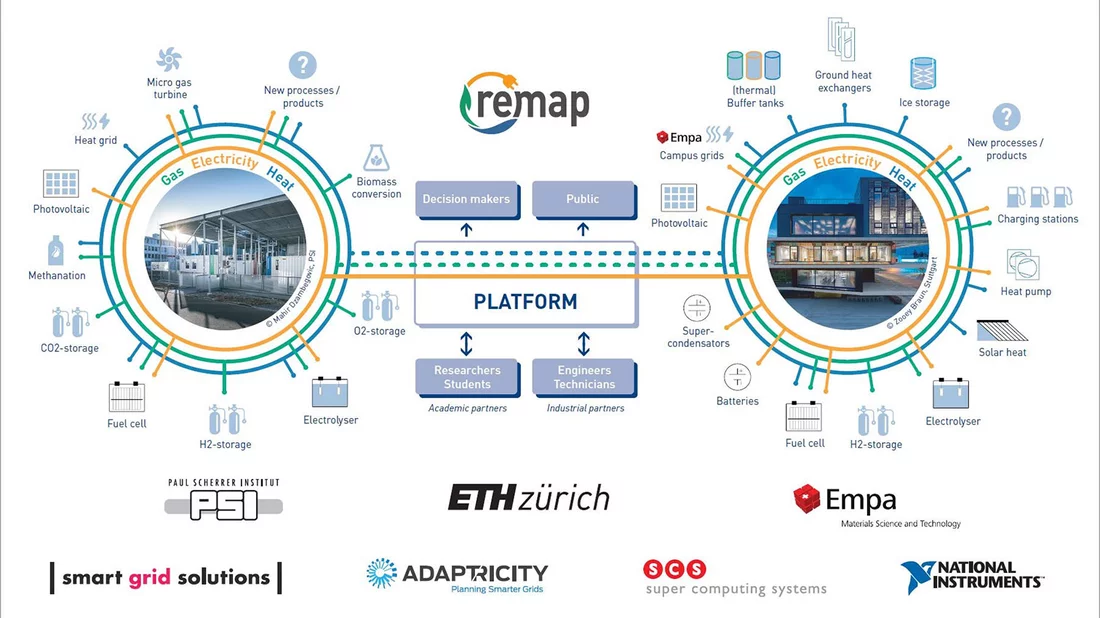
The ReMaP project links research and development platforms at PSI and the Swiss Federal Laboratories for Materials Science and Technology Empa. Other members include ETH Zurich and renowned industrial companies. By connecting the existing facilities, they can be jointly operated and examined. Technologies for the flexible conversion and efficient storage of energy are becoming increasingly important as a means of achieving a sustainable energy system. ReMaP aims to realistically analyse these and other pressing issues connected with transforming existing energy systems towards renewable energy. ReMaP is supported by the Swiss Federal Office of Energy (SFOE) and the “ETH Foundation”. © Energy Science Centre
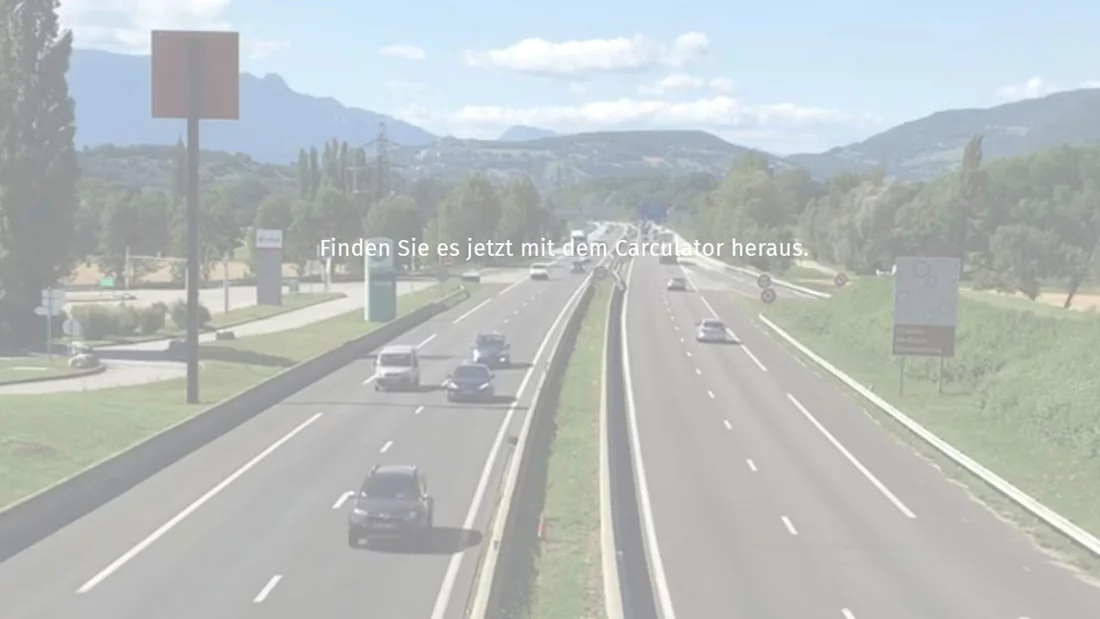
Help in deciding what car to buy: PSI researchers have developed a web tool called “Carculator” which compares the overall environmental footprint of passenger cars in detail. The program compares the environmental impact of vehicles with different types of engines and presents the result in the form of a diagram. The entire life cycle of passenger cars is taken into account, including manufacturing the vehicles as well as the environmentally relevant emissions during operation. The picture shows the homepage of the “Carculator”: https://carculator.psi.ch/. © Paul Scherrer Institute
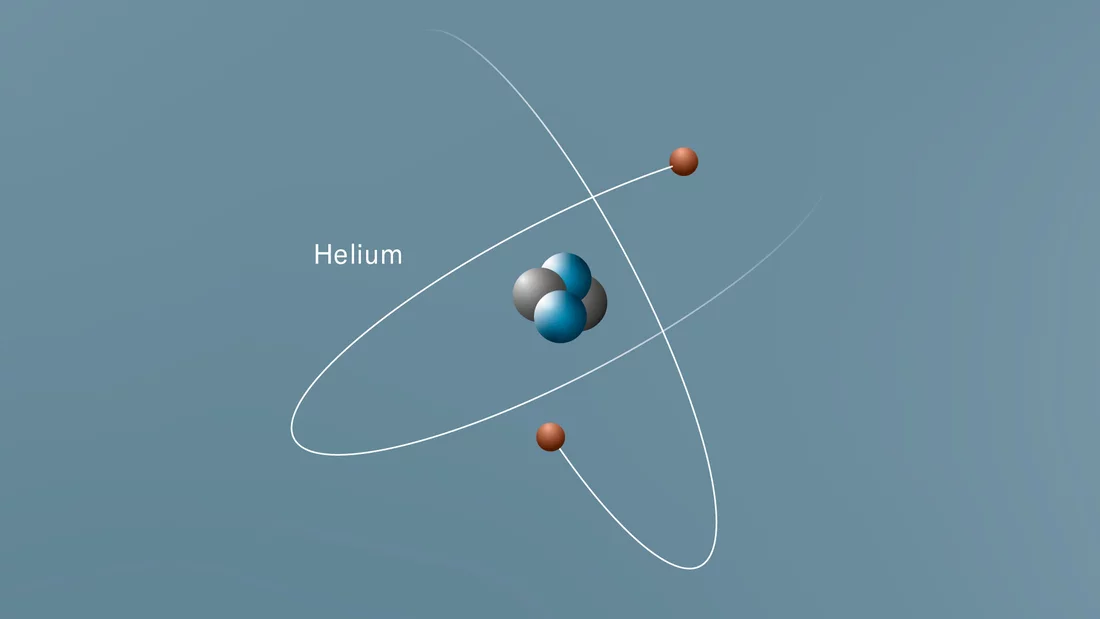
In experiments at PSI, an international research collaboration measured the radius of the atomic nucleus of helium in 2021 with five times greater precision than ever before. The new value can be used to test fundamental physical theories and determine natural constants even more precisely. The scientists needed muons to carry out their measurements – particles that resemble electrons but are around 200 times heavier. PSI is the only research site in the world that produces enough so-called low-energy muons for this kind of experiment. © Studio HübnerBraun
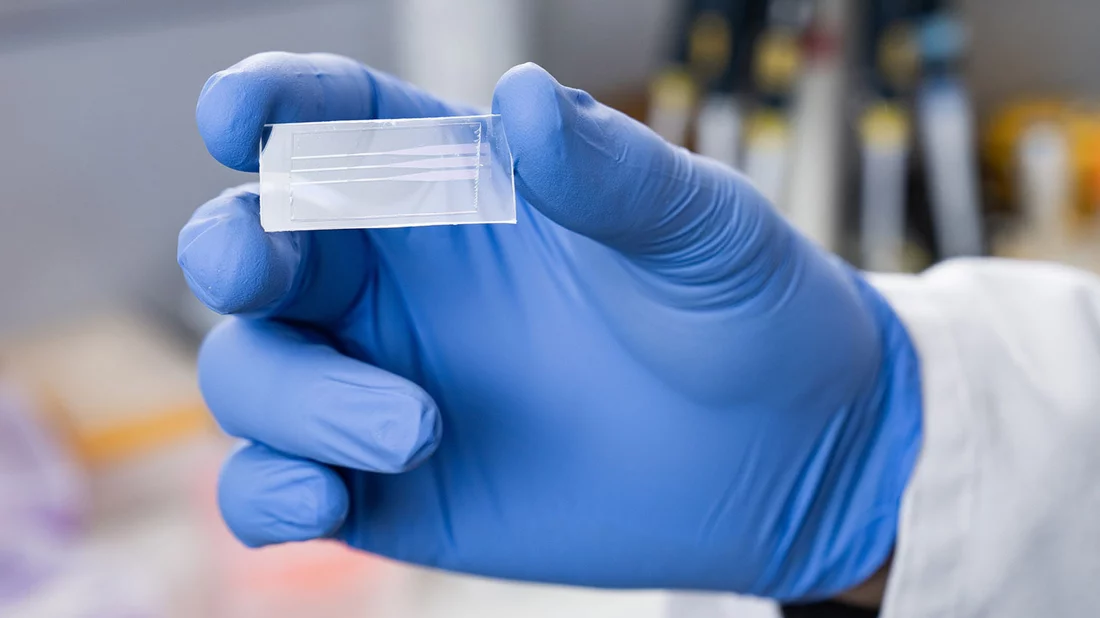
Researchers from PSI and the University of Basel have developed a Covid 19 rapid test. The novel principle on which it is based promises to offer reliable and quantifiable evidence for a patient’s Covid 19 condition and show how the disease is progressing – as well as providing evidence of other potential illnesses and Covid variants. Before it can go into use, however, it must undergo further testing and optimisation. The picture shows a test slide that can be used to detect antibodies against various pathogens in the blood of subjects rapidly and reliably. These slides are similar to the slides used for conventional microscopes and are very straightforward to use. © Paul Scherrer Institute/Mahir Dzambegovic
Copyright
PSI provides image and/or video material free of charge for media coverage of the content of the above text. Use of this material for other purposes is not permitted. This also includes the transfer of the image and video material into databases as well as sale by third parties.
